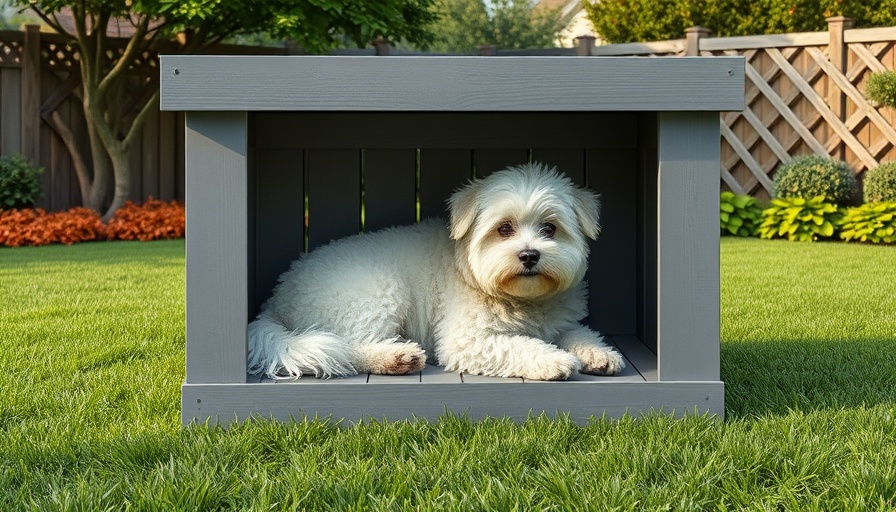
Creating a Cozy Haven for Your Dog
Every dog deserves a special place to call their own, and as pet owners, creating a cozy kennel can greatly enhance their comfort and well-being. Imagine returning home after a long day, only to see your furry friend snuggled in their warm sanctuary, peaceful and happy. Designing a kennel isn’t merely a task; it’s an opportunity to contribute to your pet’s happiness, health, and security.
Choosing the Right Location
The first step in creating this haven is selecting the perfect spot. A quiet and shaded area allows for minimal distractions, promoting relaxation. Ideally, the area should be elevated to avoid moisture gathering, ensuring your dog stays dry and comfortable. Think of it as their personal retreat, away from the hustle and bustle of daily life.
Opting for Durable Materials
When constructing your dog’s cozy kennel, safety must be your priority. Choosing sturdy, non-toxic materials not only extends the kennel's lifespan but also reassures you of your dog's safety. It’s worth investing in high-quality wood or plastic, which can withstand the tests of time and nature, providing a secure haven for your beloved pet.
Play Areas and Hydration Stations
A well-designed kennel is not just about comfort; it also includes fun and functionality. Consider incorporating a small play zone nearby with toys and engaging activities to keep your pup mentally stimulated. Additionally, affixing a water station eliminates concerns about your dog’s hydration, especially during those hot summer months.
Temperature Control and Ventilation
Your dog's kennel should be a climate-controlled sanctuary. Adding insulation can protect against extreme temperatures, while mesh panels promote airflow. Such features ensure that your dog is comfortable all year round, regardless of the weather conditions outside.
Concluding Thoughts
Designing a comfortable kennel for your dog not only reflects your commitment to their happiness but also fosters their overall well-being. Think of it as a collaborative project between you and your furry friend, where safety, fun, and comfort all play a vital role. Ultimately, every detail you consider—from location to materials—will contribute to a joyful, secure place your dog can truly call home.
 Add Row
Add Row  Add
Add 




 Add Row
Add Row  Add
Add 

Write A Comment